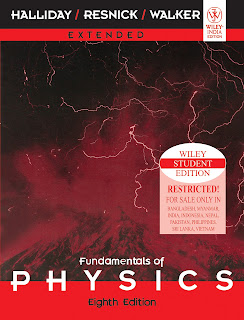Wednesday, March 30, 2022
Physics
This book can be used as a reference book for the Engineering Physics in the
second semester of Engineering in Tribhuvan University. It can also be
referred for Pokhara University, Kathmandu University and Purbanchal
University. All departments (Civil, Computer, Mechanical, Electronics,
Electrical, etc. refers to this book for their second semester Engineering
Physics subject.
BACKGROUND
Like all other sciences, physics is based on experimental observations and
quantitative measurements. The main objective of physics is to find the
limited number of fundamental laws that govern natural phenomena and to use
them to develop theories that can predict the results of future experiments.
The fundamental laws used in developing theories are expressed in the language
of mathematics, the tool that provides a bridge between theory and experiment.
Classical physics, which means all of the physics developed before 1900,
includes the theories, concepts, laws, and experiments in classical mechanics,
thermodynamics, and electromagnetism.
Important contributions to classical physics were provided by Newton, who
developed classical mechanics as a systematic theory and was one of the
originators of calculus as a mathematical tool. Major developments in
mechanics continued in the 18th century, but the fields of thermodynamics and
electricity and magnetism were not developed until the latter part of the 19th
century, principally because before that time the apparatus for controlled
experiments was either too crude or unavailable.
About Civil Engineering Info
Soratemplates is a blogger resources site is a provider of high quality blogger template with premium looking layout and robust design
ioe 2nd sem
Tags
basics of engineering physics,
engineering physics,
halliday resnick,
ioe 1st year,
ioe 2nd sem
Subscribe to:
Post Comments (Atom)








No comments:
Post a Comment